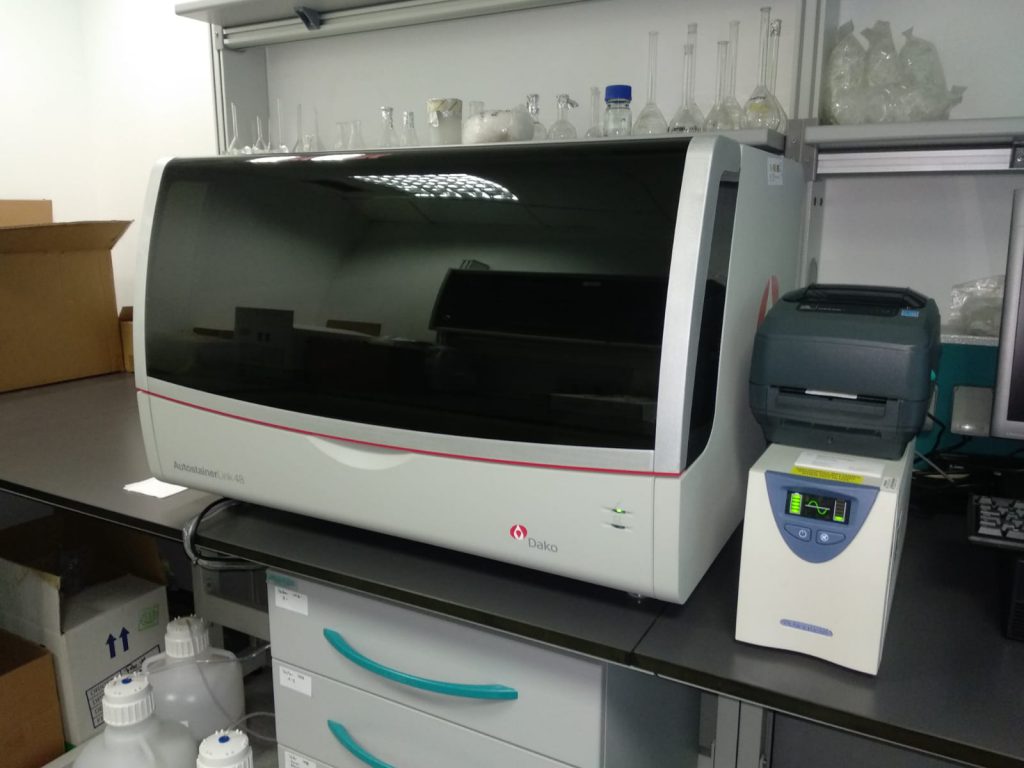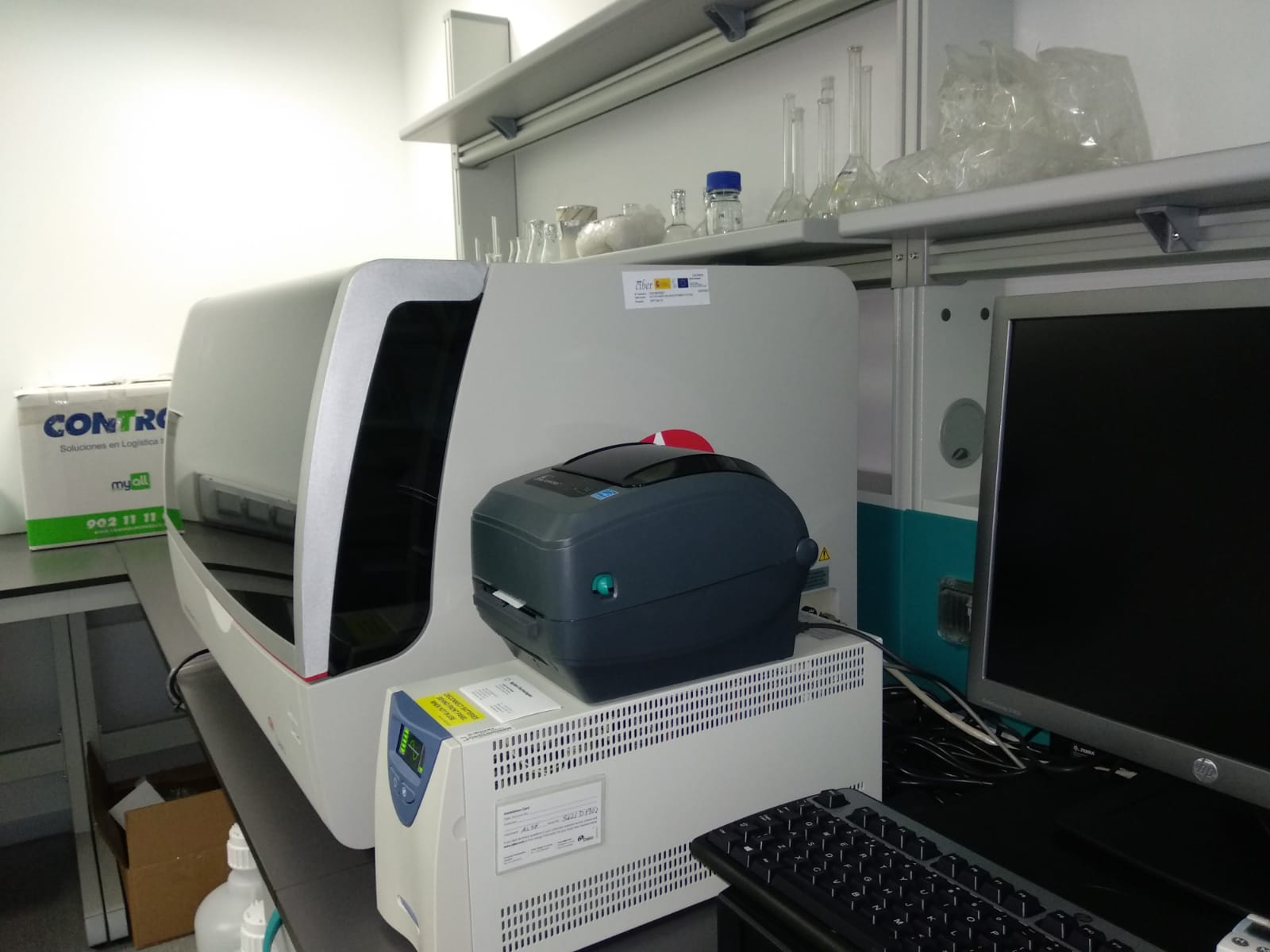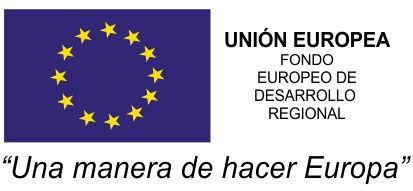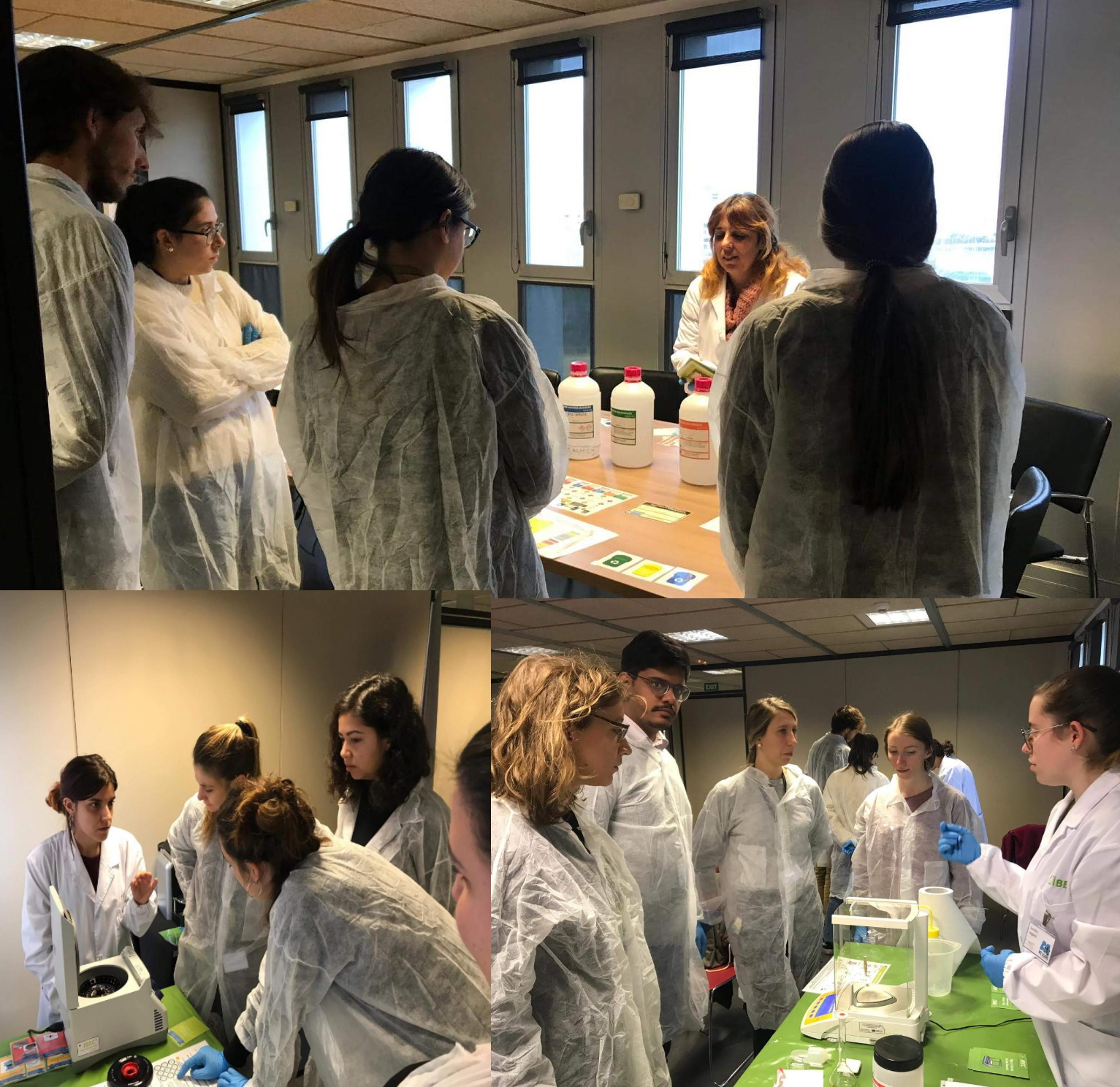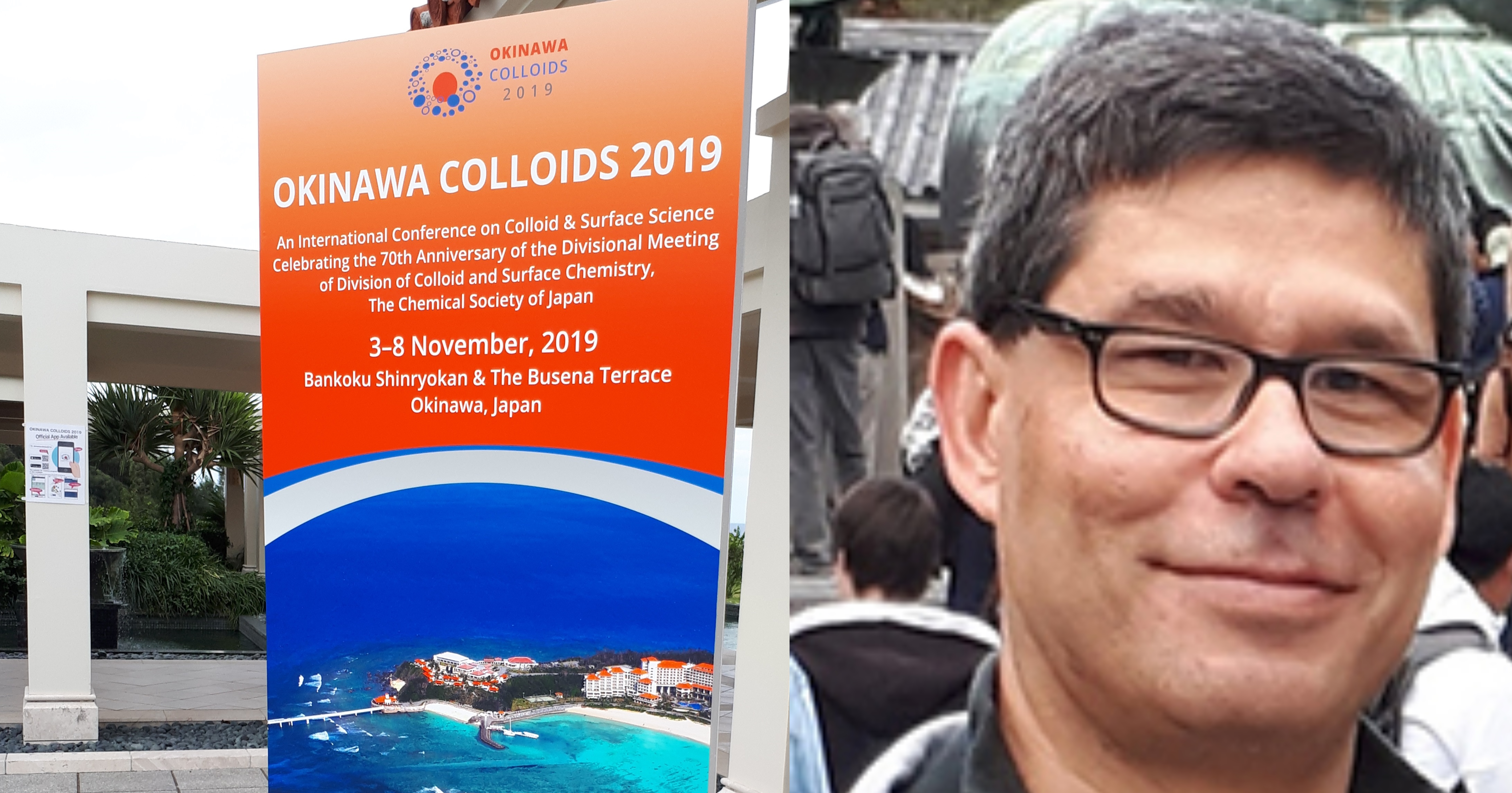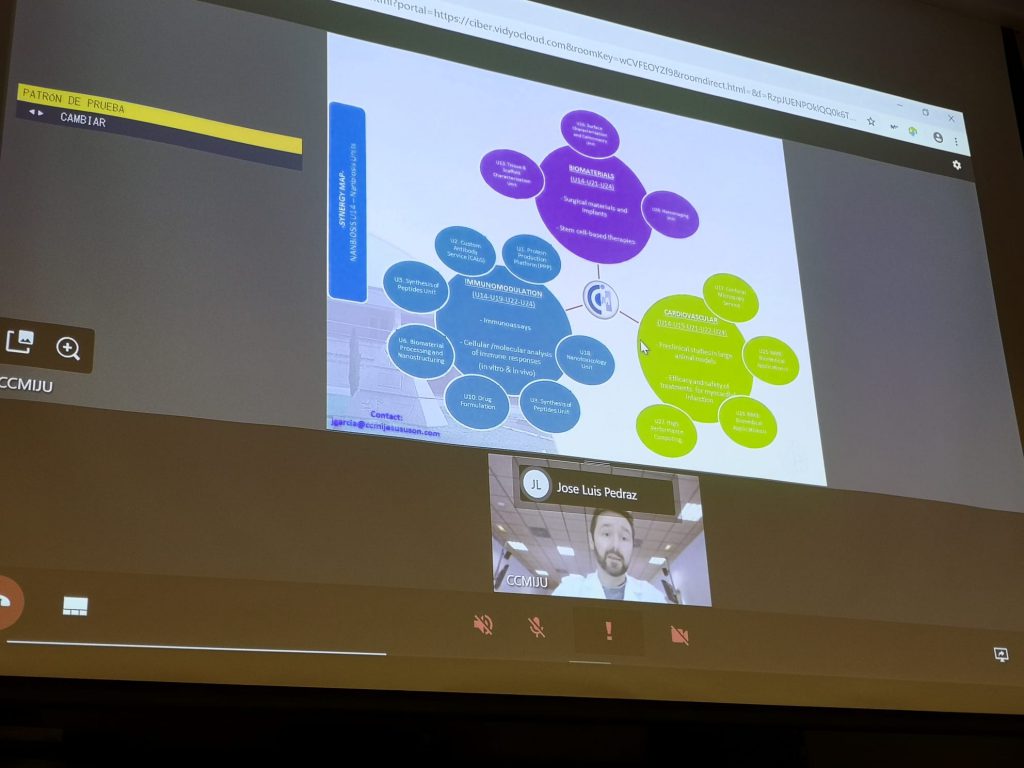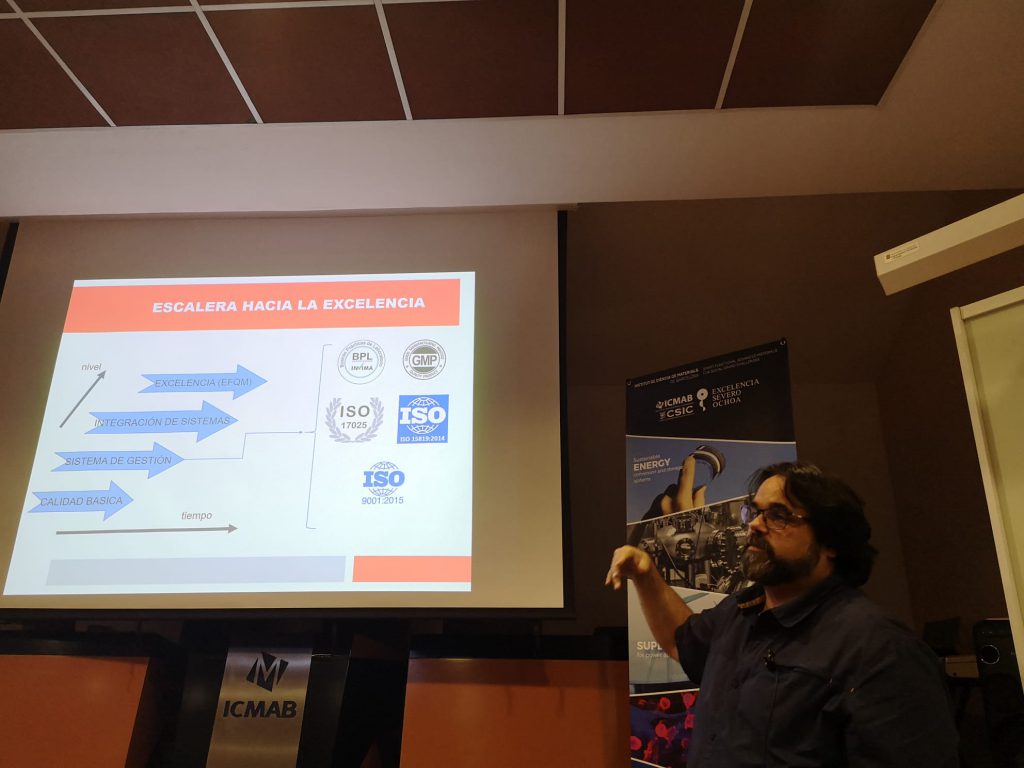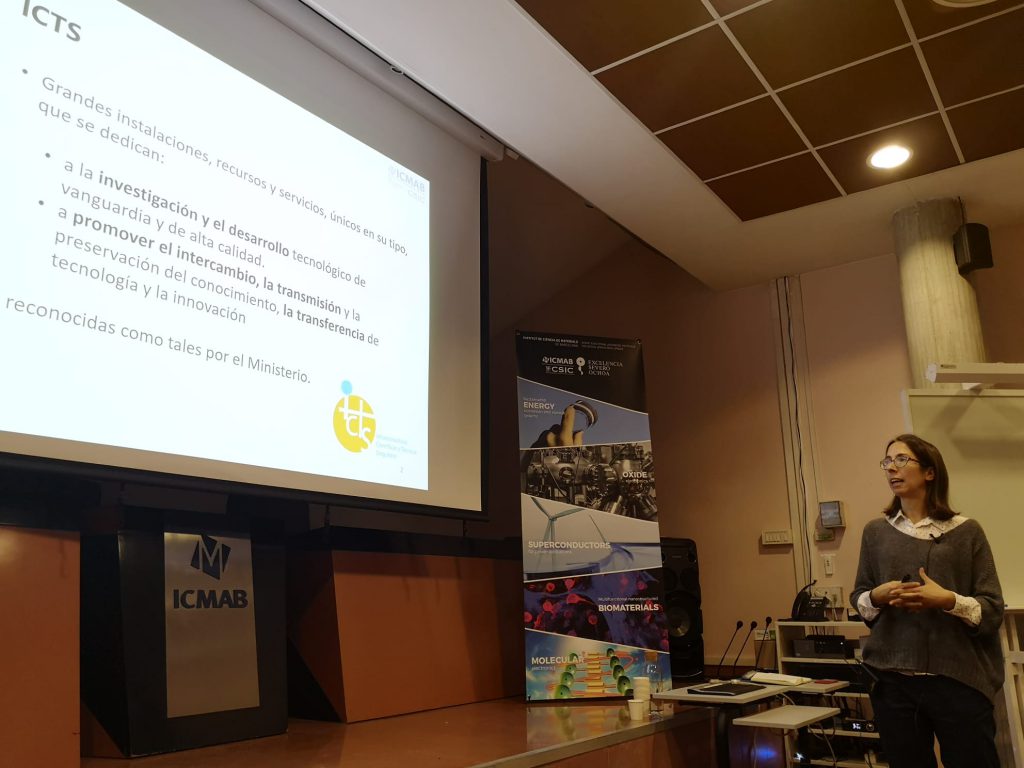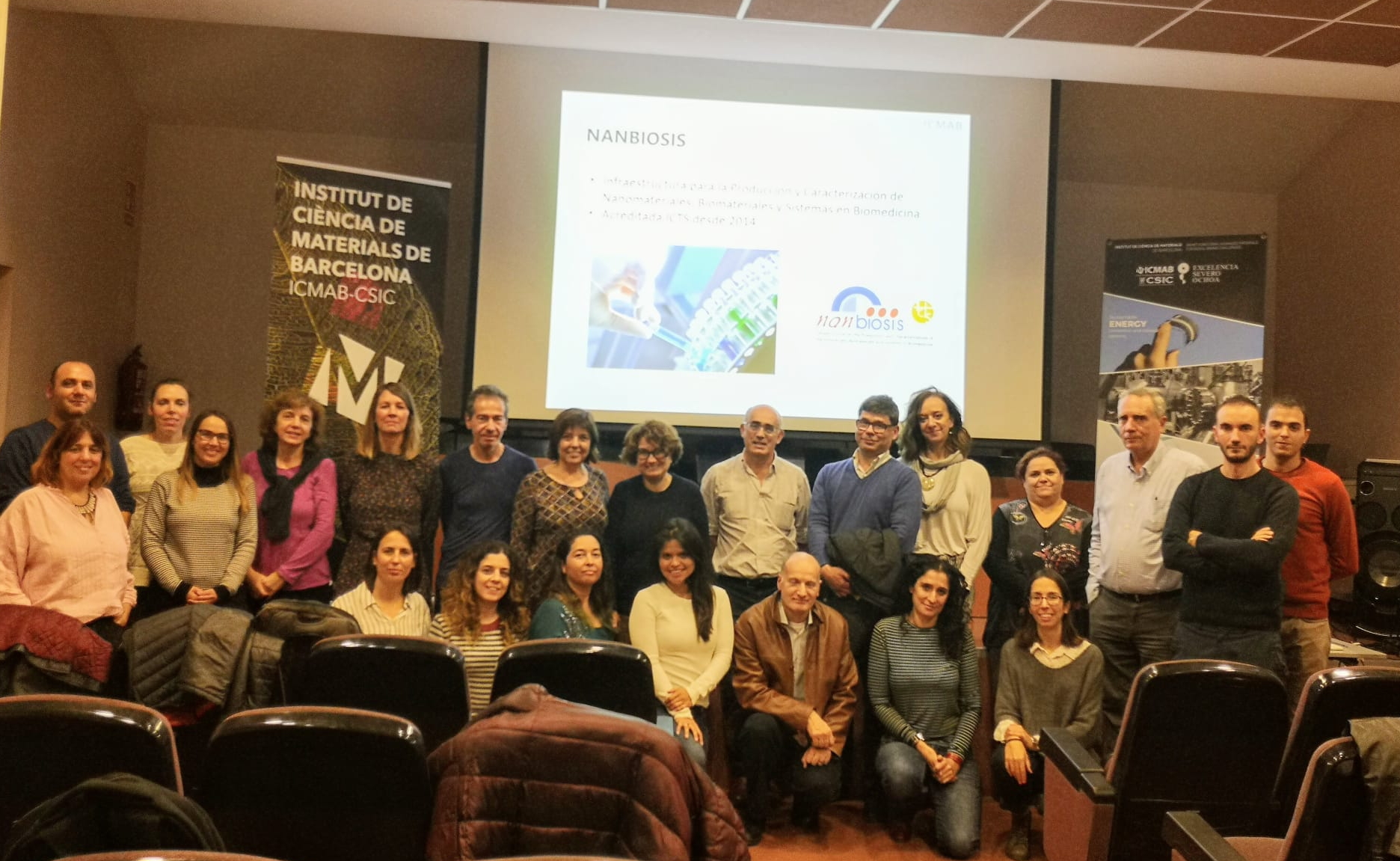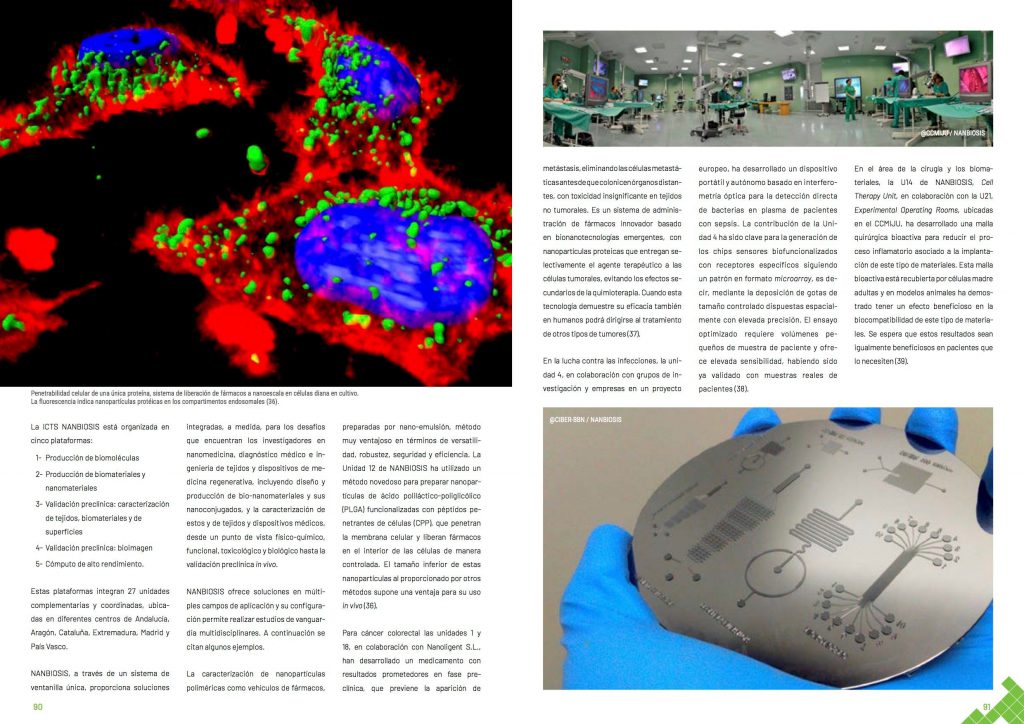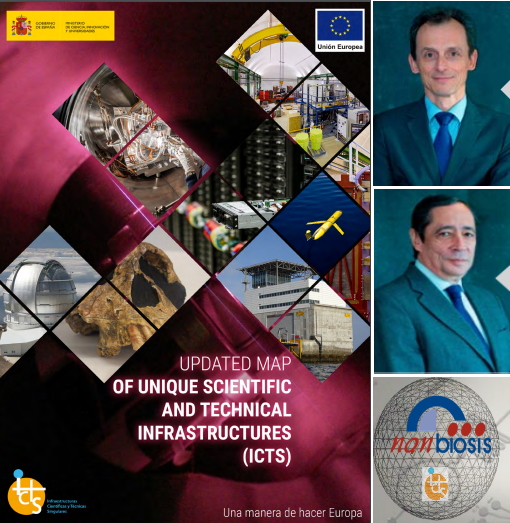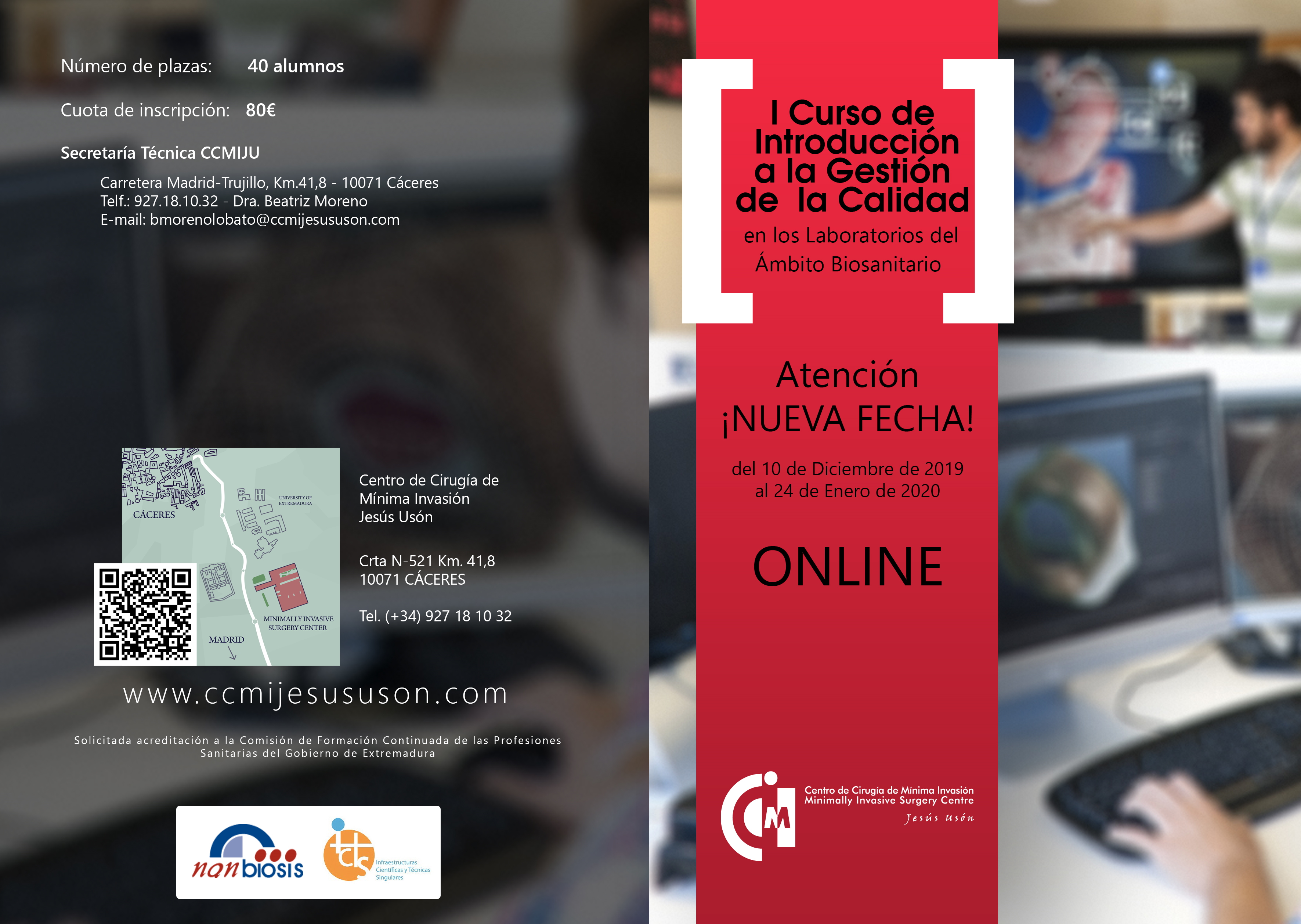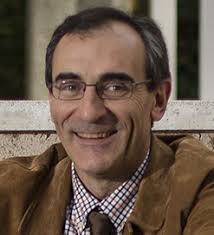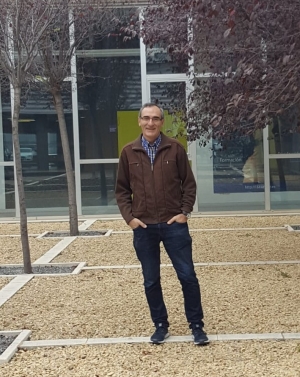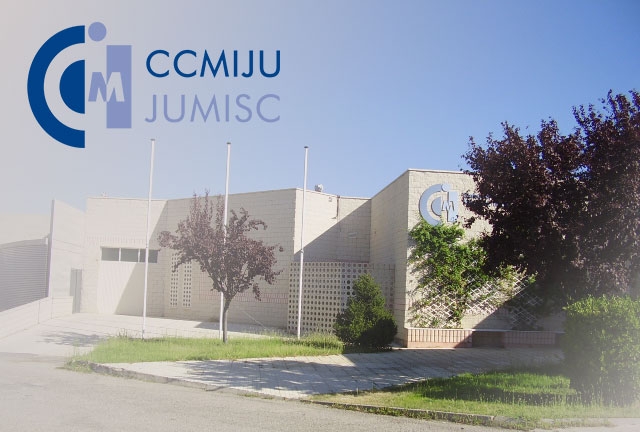NANBIOSIS Unit 18 expands its equipments and capabilities
NANBIOSIS U18 Nanotoxicology Unit, led by Dr. Dr. Ramón Mangues, has recently added new equipment as a result of its participation in the project FICTS1420-20, selected by the MINECO for co-financing by the FEDER Program in ICTS 2014-2020.
The new equipment consists in a Autostainer System for the automation of manual staining methods used in Immunohistochemistry, pharmacodiagnostic, immunofluorescence and chromogenic development for in situ hybridization (AUTOSTAINER-TOX). Includes small equipment for deparaffinization, hydration and antigenic unmasking of paraffin-embedded tissue, complete kit for deparaffinization, hydration and antigenic unmasking of paraffin-embedded tissue. The equipment management software allows monitoring of staining status, request requests, and reporting and obtaining statistics.
